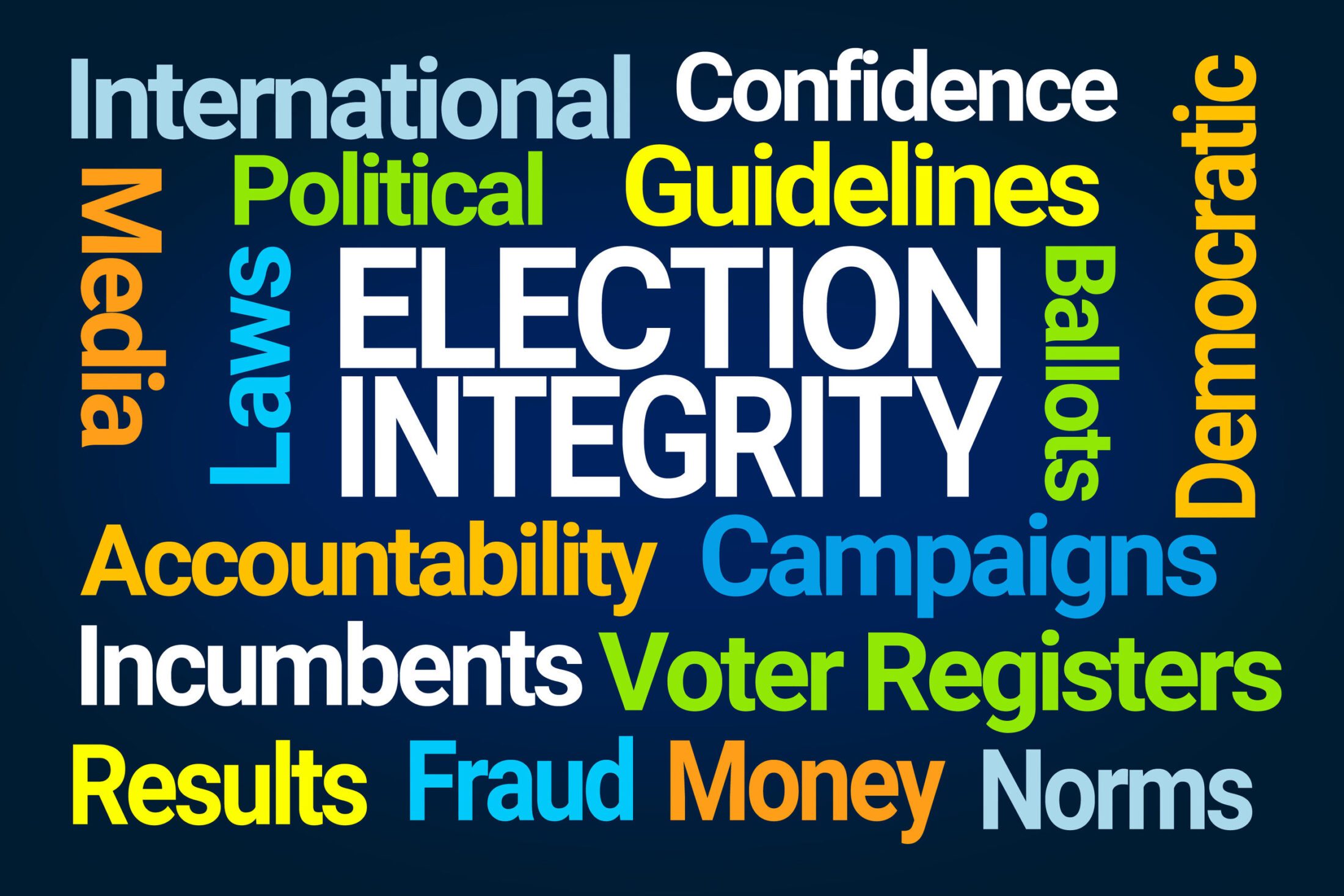Wichita School Superintendent Alicia Thompson will sweeten her salary by more than $14,000 this school year, and district teachers won’t do half bad either.
The new teacher contract increased teacher pay by 3.95 percent across the board, but when boosted by “steps and tracks”–that is, compensation for additional experience and education–teachers will average a pay hike in excess of 6 percent. These figures do not include what is known as “longevity pay,” which can range up to 12 percent of a teacher’s annual salary for those with 14 or more years of experience.

District officials used the 6.05 teacher bump to calculate Thompson’s increase from $240,000 to $254,520, or roughly 2.5 times what the State of Kansas pays the governor. Thompson’s total financial package is a cool $297,460 per annum. Considering that the District employs some 4,350 people, a six percent increase results in a lot of tax dollars spent.
Kudos to the Wichita Eagle for publishing these figures. Although the state media have largely been supportive of raising taxes and paying educators more money, this article–“How much does your child’s teacher or principal make?”–insinuates that perhaps some among them are being paid too much.
For instance, the caption on an image of children boarding school busses–“Wichita Public School’s superintendent will now make make more than $250,000 per year”–reads more like a complaint than a boast. The article by reporter Suzanne Perez Tobias also lists the lofty salaries of several other district employees: the general counsel who makes $159,355 a year: the chief information officer who makes $147,684: and the six employees, four of them assistant superintendents, who make $134,259.
These salaries would be understandable if the salaries of private sector employees were keeping pace, but they are not. Private sector employees do not enjoy the judicial intervention that arbitrarily pumps more of their money into the bank accounts of school teachers and administrators.
Nor are school officials being rewarded for performance. On last year’s Kansas assessment tests, only one in five Wichita public school students was on track for college-level work in math and about one in four in reading. More problematic, as the Eagle reported at the time, “The percentage of Wichita students who scored at Level 1 – below grade level – increased this year over last in both math and reading.”
That is one of the beauties of having a judicially-supported monopoly. School officials can pay their teachers and administrators based on any number of variables, but none of those variables seem to include results.



